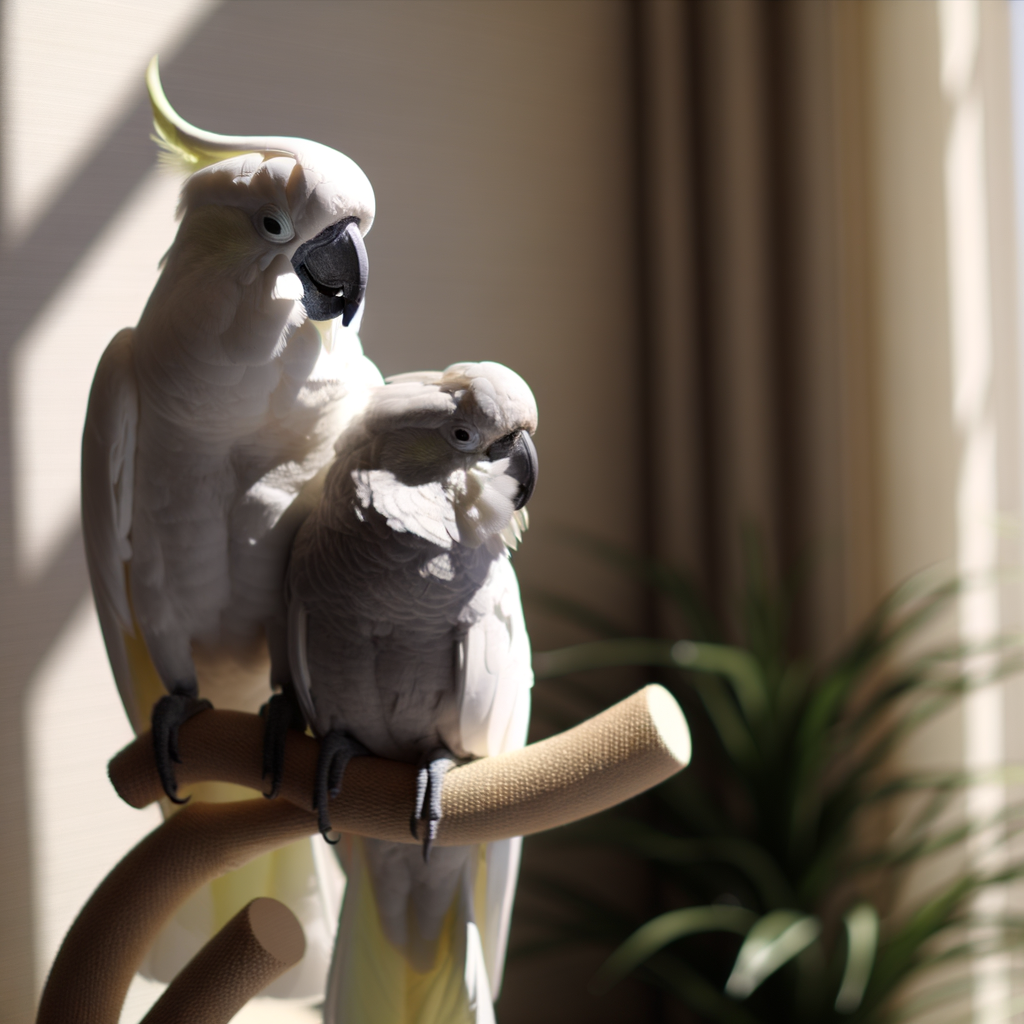Yosemite National Park, renowned for its majestic waterfalls, towering sequoias, and diverse wildlife, harbors a surprising danger that many visitors underestimate: the mule deer. These seemingly harmless creatures, often associated with the innocent image of “Bambi,” are responsible for more human injuries within the park than any other animal. With a skittish nature and defensive instincts, mule deer can pose a real threat, particularly when startled or approached.
As reported by the Los Angeles Times, these animals have become a source of concern for park officials, who warn that visitors need to treat them with caution.

Mule deer cause more injuries to park visitors than any other animal in Yosemite.
Why Mule Deer Are More Dangerous Than You Think
Mule deer are equipped with sharp hooves and antlers, which they use to protect themselves when they feel threatened. While these animals are often seen grazing in meadows or wandering across roads, they are not as docile as they may appear. The Daily Mail reports that despite their harmless appearance, mule deer are wild and unpredictable, capable of inflicting serious harm when provoked.
The National Park Service (NPS) has repeatedly warned visitors that these deer, though not equipped with fangs or claws, can cause significant harm when provoked. “While they might appear friendly and adorable, mule deer are, at their core, wild animals that deserve their space,” the park service cautioned in an Instagram post.

Visitors often underestimate mule deer due to their gentle, “Bambi” appearance.
The Role of Mating Season in Aggression
A particularly dangerous time for interactions with mule deer is during the mating season, which typically occurs in late fall. During this period, male deer, or bucks, become more aggressive as they compete for mating rights. Bucks use their large antlers in fierce battles, which can lead to violent confrontations if visitors get too close.
As noted by the Los Angeles Times, bucks are more likely to engage in aggressive behavior when their territory or personal space is threatened. This is a crucial time for park visitors to remain extra cautious and maintain a safe distance from these animals.

The most common injuries are from startled deer using their hooves and antlers to defend themselves.
Real-Life Incidents in Yosemite
The potential for danger is not merely theoretical. In November 2021, a young girl was seriously injured when she approached a mule deer that had been fed by other visitors. Startled by the girl’s proximity, the deer charged her, using its antlers to inflict deep lacerations to her arm and chest. This incident, reported by ABC News, serves as a stark reminder that even the most docile animals can turn aggressive when they feel cornered or threatened.
The park’s officials emphasize that feeding or approaching wildlife, including deer, is not only illegal but also a direct safety concern for visitors. “Feeding or approaching any wild animal is illegal in Yosemite,” the National Park Service reminded visitors in their safety guidelines.

Feeding or approaching mule deer in Yosemite is illegal and highly dangerous.
The Dangers of Feeding Wildlife
Feeding wildlife in Yosemite may seem harmless, but it can have dangerous consequences for both animals and humans. When deer become accustomed to human food, they lose their natural wariness and may approach people, expecting to be fed. This behavior increases the likelihood of dangerous encounters. Additionally, it disrupts the natural behavior of the deer, leading to a dependence on human food, which is harmful to their health.
Yosemite’s rangers and park officials stress the importance of keeping a safe distance from all wildlife. The park’s warning about mule deer is part of a broader effort to protect both animals and visitors from harm, SFGate reports.

The park has issued warnings to visitors about approaching wildlife, including mule deer.
Stay Safe: Keep Your Distance
Yosemite National Park’s beauty and wildlife draw millions of visitors each year, but the park’s animals are wild and unpredictable. Deer, especially mule deer, may seem harmless, but their natural defenses can pose serious risks. Visitors are encouraged to stay vigilant, observe wildlife from afar, and, most importantly, avoid feeding or approaching any animal.
While the park is home to more intimidating creatures such as bears and mountain lions, it is the unassuming mule deer that is responsible for the most injuries. Yosemite’s message is clear: always respect wildlife and keep your distance to ensure both your safety and that of the animals you encounter.





















